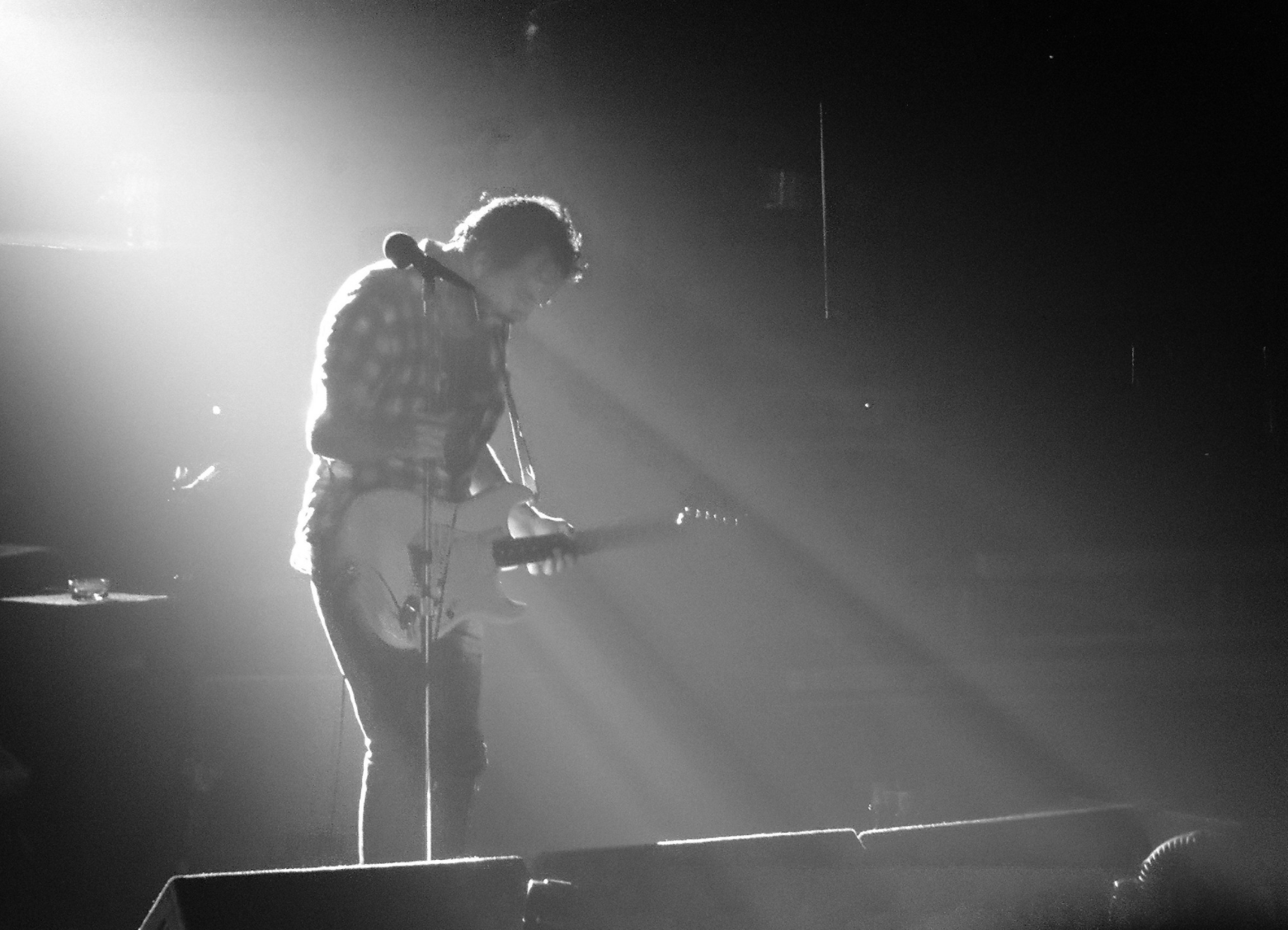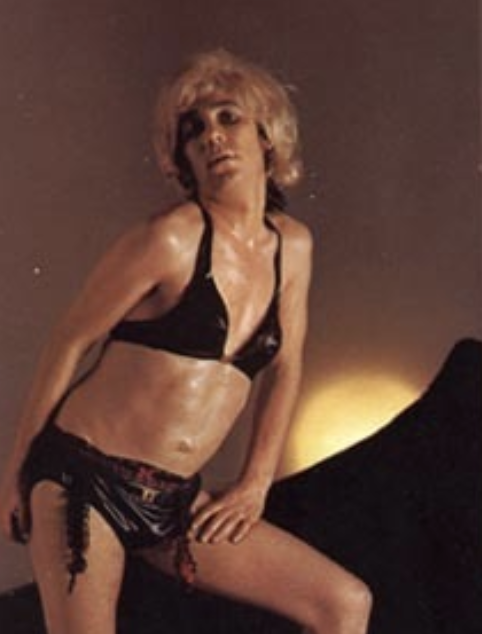The Who | The Story Behind the Who's Next Album Cover
Moving From Tommy to Who’s Next
By the end of 1970, the Who were fatigued from playing material from Tommy. On December 5, 1970, they hit the stage at The Lads' Club, Norwich, and in addition to their standard set, they added nearly an hour of new material, including Pure and Easy, an early version of Love Ain’t for Keeping, Time is Passing and Behind Blue Eyes. Putting the past behind them, on December 20, performing at the Roundhouse (with an unknown Elton John opening) they played Tommy in its entirety and announce its “retirement” (they don’t perform Tommy in its entirety again until 1989).
For the next few months, Townshend refines the songs and the concept of the Lifehouse project. On Monday, April 26, 1971, the band played the Young Vic theater, debuting more material from Lifehouse (read more here; Listen to concert here).
Ticket Stub, Caird Hall, Dundee Scotland, May 23, 1971
On April 2, 1971, the band started to record what would become Who’s Next. By the end of May, the bulk of the album was recorded.
The Iconic Album Cover for Who’s Next
On May 7th they played the first of a series of publicized small venue shows to test and refine the new material. The final of these small shows occurred on May 23rd. The band played a show at the 2,000 seat Caird Hall, in Dundee Scotland. After spending the night near the venue, the band headed back toward London on a drizzling and grey Monday morning.
Ethan Russell’s Cover for The Beatles Let It Be (arrange by John Kosh)
Leading a four car caravan, Pete Townshend was at the wheel, driving well in excess of the speed limits, with American photographer Ethan Russell lying down in the back seat. The band had spent time with Russell when he photographed The Rolling Stones’ Rock and Roll Circus performance. Russell, then age 26, had already achieved fame for his work with The Rolling Stones, and for taking the photos that would become the cover of the Beatles Let It Be album.
The band had been tossing around ideas for an album cover for a while. Rejected ideas included Keith Moon dressed up as a woman, or in S&M gear, and a naked heavy-set woman with her privates replaced with photos of the band members. Some photos were taken by Russell, including a photoshoot with Moon in various outfits (see images below). Townshend in particular was unsatisfied with the ideas to date, and wanted to brainstorm more artistic options.
Russell reported:
To get ideas, I accompanied them to a gig in Central England. Pete Townshend’s driving scared me so much, I laid down in the back seat. I was freaked out. On the way home, Pete was driving fast again. I saw [three or four of] those concrete things and didn’t know what they were. He slowed down at a roundabout and asked if I had any ideas; I told him about those shapes.
Townshend was probably driving on the A19, passing near Easington Village. They exited the highway and headed toward the coast, reaching Easington Colliery, a coastal town in an area that was badly damaged from a century of coal mining activities. There, spoil tips changed the landscape to rolling hills of industrial waste. Embedded in the rolling hill of debris were a series of concrete pilings. The band exited the cars, and Russell began taking test shots with a Polaroid camera:
I was taking test Polaroids and looked up…Pete had peed on it…I thought “OK!” Took about eight shots. Except for Pete’s, the “urine” was water we poured on the concrete. They couldn’t perform! Totally spontaneous. We tried, but you can’t brainstorm that kind of thing.
Russell describes the impromptu photo shoot:
I grab my camera and we all walk out onto the dark reef of the slag. The sky is still gray and occasional drops of rain fall. At first I direct them to react to the slab as Kubrick's apes and astronauts react in 2001: approaching cautiously, arms upraised almost touching it.
We did a lot of different poses, including some based on the 2001: A Space Odyssey idea of the apes gathering around the black obelisk. Then Pete started to piss on it, and I went with the flow, as it were. The others also tried to take Pete’s lead, but couldn’t actually do it. It was all a spur-of-the-moment thing.
To simulate the appearance of urine on the piling, Russell poured rain water on the slab, and took a few additional photos. While several dozen photos were ultimately taken, only a few have seen the light of day. Some surviving negatives have suffered significant scratches and other damage.
For the final album cover, Russell superimposed the sky from an early photo shoot.
While many view the album cover as an iconic statement, Pete Townshend has been vocal in his criticism:
It’s another piece of shit.. I hate it. It’s a horrible thing. Just horrible. Of course I don’t like it. It’s got no artistic consequence whatsoever. No link to the music. It’s meaningless. It’s four guys stopping in a car and pissing up against a chunk of concrete. It was photographed by a very fine photographer in Ethan Russell, who, thank God, I really liked and used again for Quadrophenia, but I hate the front cover, I hate the back cover, I think it’s disgusting. I suppose the notion was that 2001: A Space Odyssey was the film of the moment [and we’re] pissing over this 2001 monolith — which is even stupider because I think we all thought the film was fabulous. There’s no irony in it, there’s no truth in it. Anyway, can we move on?
Images from this photo shoot are available for purchase from the artist. The prints are museum quality, archival, and signed and numbered by Ethan Russell.










